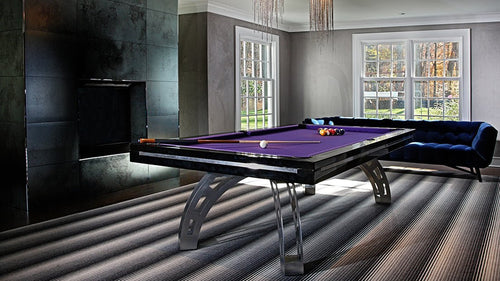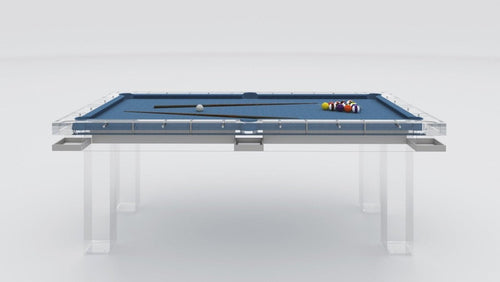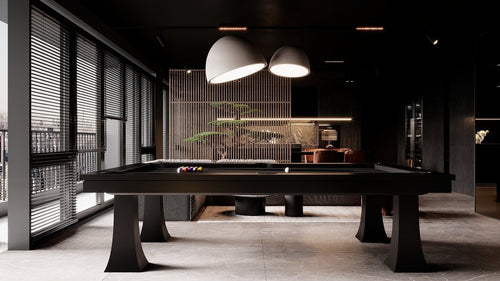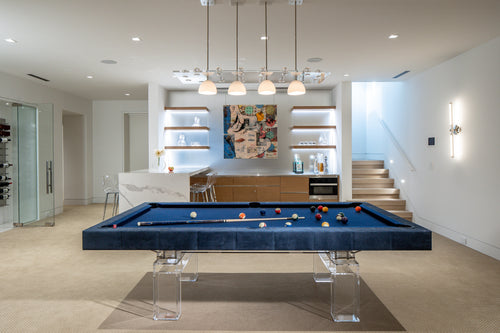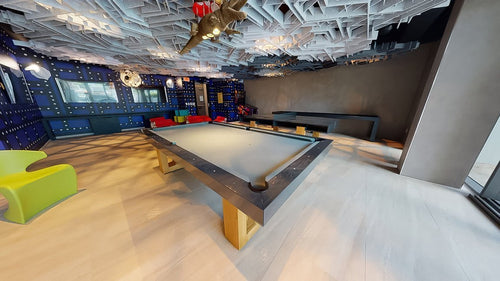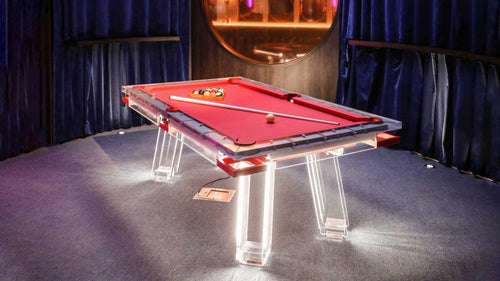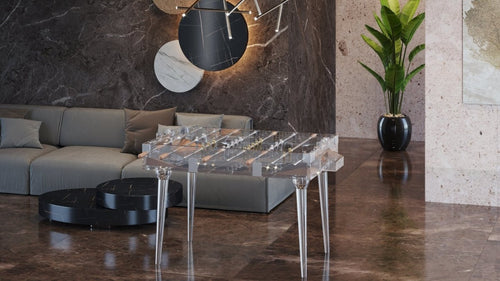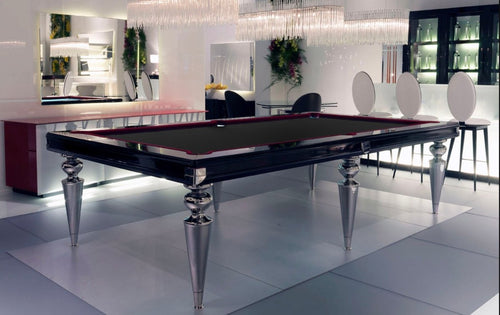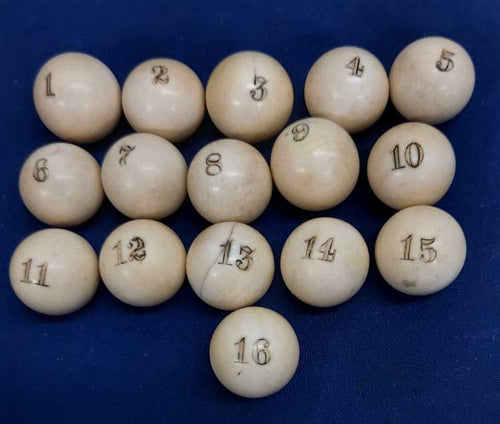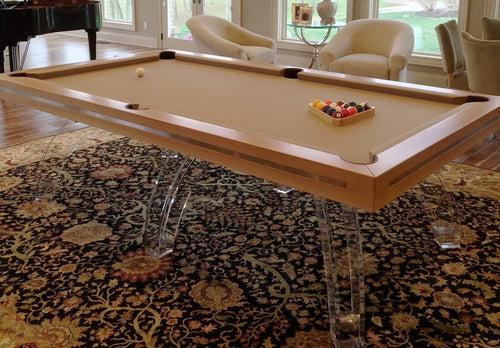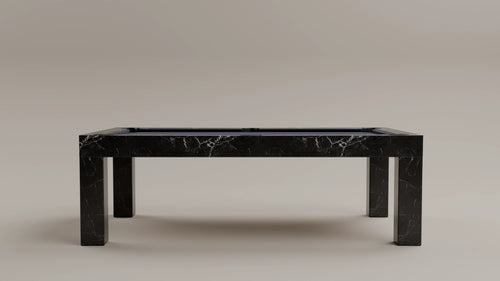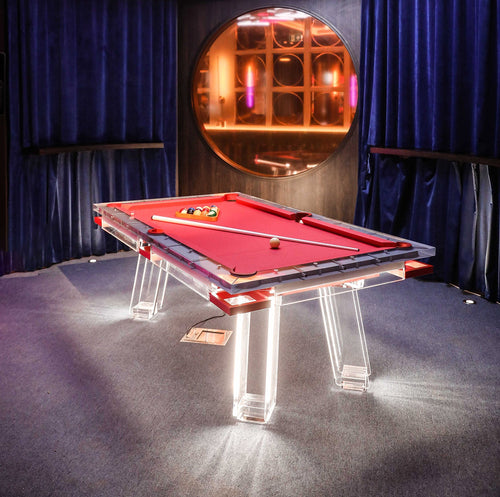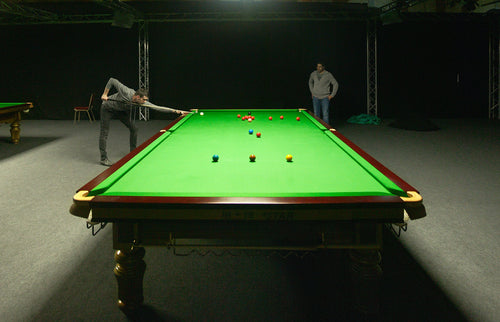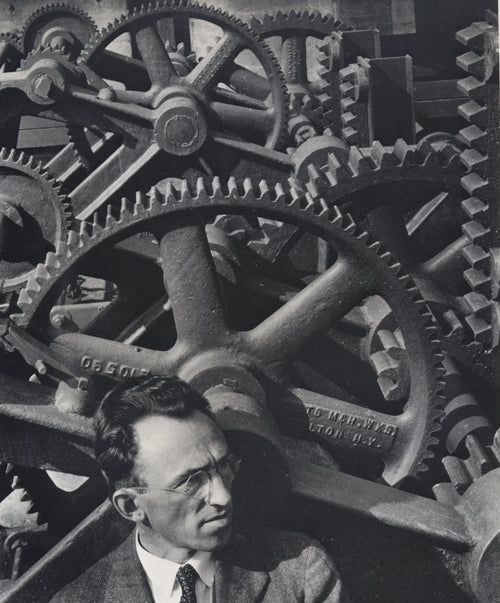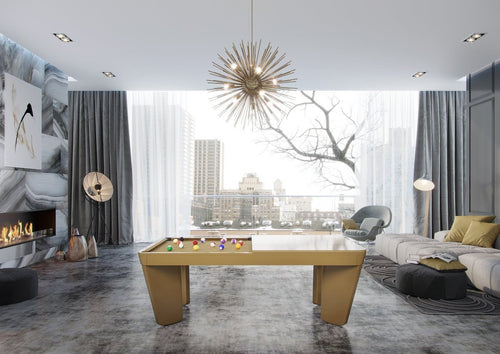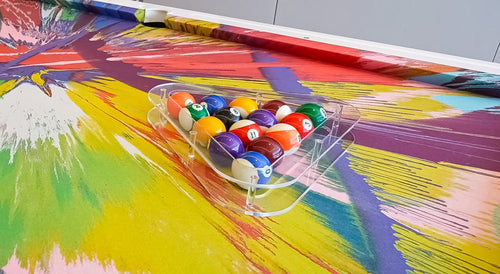Enjoy our modern designs
The Later Renaissance, Baroque, and Rococo periods in France represent a significant evolution in design, influenced by Italian precedents but developing distinct characteristics that also, in turn, influenced other regions like Austria and Germany.
Italian Influence and the French Renaissance Foundations
The art and design concepts of the Renaissance spread outward from Italy to regions including France. This process involved French military campaigns in Italy, such as those by Charles VIII and Louis XII from 1494 to 1525, which exposed the French aristocracy to Italian ideas. Italian craftsmen and artists, including figures like Primaticcio, Sangallo, Serlio, Leonardo da Vinci, and Bernini, were active in France, helping to translate Italian thinking into French practice. This led to a French Early Renaissance that gradually developed into a High style. Expatriate Italians like Francesco Primaticcio and Giovanni Battista Rosso were key in establishing the French High Renaissance style, working on projects like the decoration of the Gallery of Francis I at Fontainebleau. Figures like Pierre Lescot further defined the French Renaissance vocabulary.
French "Baroque" (Louis XIV Style)
The term Baroque is often used to designate work from the latter part of the Renaissance in France, particularly during the reign of Louis XIV (1643–1715). However, French design during this period never reached the extremes of complexity and elaboration seen in the Baroque work of Italy, south Germany, and Austria. Instead, French design, even when rich and heavily decorated, maintained a certain reserve and an emphasis on logic and order. Because of this distinct character, it is argued that France might have moved directly from the High Renaissance into the Rococo and Neoclassic phases, essentially skipping the mannerist and Baroque phases as defined elsewhere.
Major projects like the palace and gardens at Versailles demonstrate a Baroque love of grandeur used to glorify the king. Designers like Louis Le Vau, Charles Lebrun, and André Le Nôtre were key figures involved in transforming Versailles. Other significant projects include additions to the Louvre Palace and Baroque churches like the Sorbonne and Val-de-Grâce. Bernini was even summoned from Italy to design for the Louvre, but his attempts were deemed "too Italian."
Louis XIV style furniture shared the large scale, heavy structure, and rich ornamentation typical of the period's architecture and interiors, often using oak and walnut, inlays, and applied decoration. Colors were often strong, including bright reds, greens, and violets, alongside profuse gilded trim. Wall coverings included imported Chinese wallpapers and tapestries from workshops like Gobelins, while floors were often bare parquetry, stone, or marble.
Transition: Régence Style
A transitional period, known as Régence (1715–1723), occurred between the death of Louis XIV and the coming of age of Louis XV. Design during this time became less heavy and overbearing, with curving forms becoming more common, such as the S-curved Cabriole leg. The artist-designer Juste-Aurèle Meissonier was influential with his designs featuring flowing curves, asymmetric ornament, and motifs from nature like shells and foliage.
French Rococo (Louis XV Style)
The style of Louis XV (reign 1723–1774, style period 1730–1765) is typically identified with the term Rococo. This decorative style developed from Régence design, becoming more delicate, light, and florid, with flowing curves. It flourished particularly in interior design, furniture, and decorative arts. While architecture of the Louis XV era moved towards a more restrained classicism, the rooms within often adopted the Rococo style.
French Rococo design was quickly imported and imitated in Austria and Germany. François Cuvilliés is highlighted as a key figure who carried the style eastward, creating works in Munich like the Amalienburg Palace Pavilion, which is considered a masterpiece of French Rococo despite its German location.
With financial constraints on large royal projects, the Louis XV era saw increased focus on town houses (hôtels) and smaller royal buildings, with emphasis on completing and renovating interiors in the more delicate Rococo style. Examples include elegant rooms in Paris hôtels and the Petit Trianon at Versailles. Comfort became a significant aspect of these discreet private dwellings.
Rococo furniture aimed for delicacy and elegance, with slim, curved legs (likely referring to the Cabriole leg) and intricate ornamentation. French Rococo furniture included types like the Canapé (small sofa) and Chaise longue (chair with extended seat), reflecting a new concern for informality and comfort. Storage furniture and desks also became more varied. Rooms typically had paneling in quiet, pastel colors with carved curvilinear ornament.
Transition to Neoclassicism (Louis XVI Style)
Under Louis XVI (reign 1774–1792, style period 1765–1790), Rococo design coexisted with a growing movement towards the academic reserve of Neoclassicism. Furniture became more rectilinear and geometric. Mahogany became popular, and carved/gilded detail shifted towards parallel bands, fluting, or reeding. This shift was influenced by a new awareness of ancient design, spurred by excavations like those at Pompeii and Herculaneum. Window draperies became increasingly common, often in colors like crimson and golden yellow with trimmings.
Later post-revolutionary styles like Directoire and Empire continued this Neoclassical theme, incorporating austere classicism, straight lines, and details based on Greek, Egyptian, and Roman military precedents. Charles Percier and Pierre-François-Léonard Fontaine were key figures in the Empire style, considered early professional "interior designers" who published influential designs.
Conclusion
France's journey through the Later Renaissance, Baroque, and Rococo periods involved absorbing Italian Renaissance concepts, developing a unique, more restrained version of "Baroque" (Louis XIV style), transitioning through the lighter Régence, embracing Rococo for interiors and furnishings (Louis XV style) while influencing other European courts, and finally shifting towards Neoclassicism (Louis XVI, Directoire, and Empire styles). The distinct character of French design maintained a sense of order and proportion in architecture while applying more elaborate Rococo ornamentation to interiors, shaping the direction of European design for generations.



